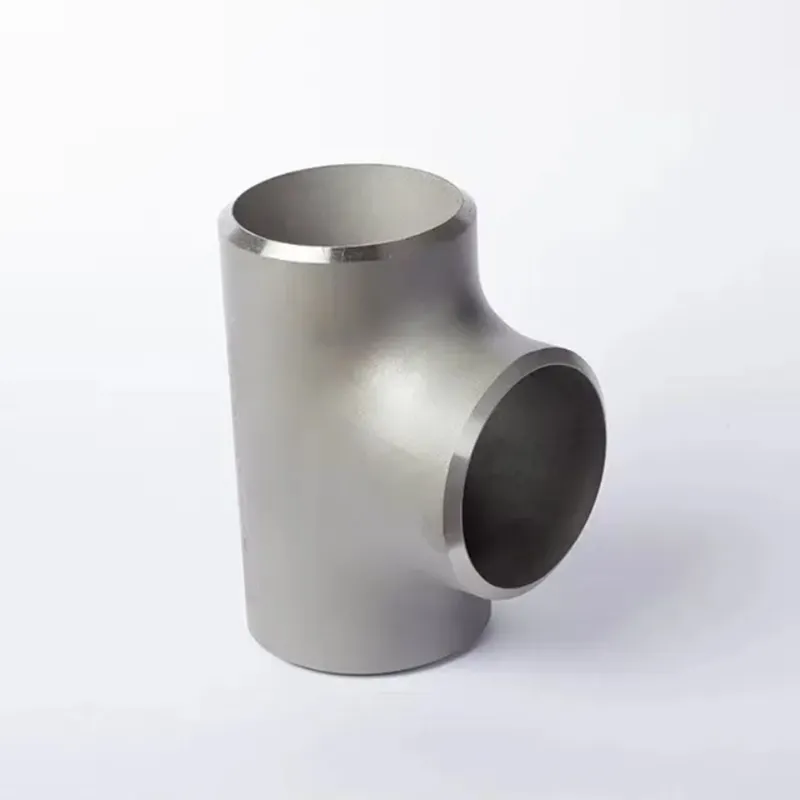-
Cangzhou Yulong Steel Co., Ltd.
-
Phone:
+86 13303177267 -
Email:
admin@ylsteelfittings.com
- English
- Arabic
- Italian
- Spanish
- Portuguese
- German
- kazakh
- Persian
- Greek
- French
- Russian
- Polish
- Thai
- Indonesian
- Vietnamese
- Zulu
- Korean
- Uzbek
- Hindi
- Serbian
- Malay
- Ukrainian
- Gujarati
- Haitian Creole
- hausa
- hawaiian
- Hebrew
- Miao
- Hungarian
- Icelandic
- igbo
- irish
- Japanese
- Javanese
- Kannada
- Khmer
- Rwandese
- Afrikaans
- Albanian
- Amharic
- Armenian
- Azerbaijani
- Basque
- Belarusian
- Bengali
- Bosnian
- Bulgarian
- Catalan
- Cebuano
- China
- China (Taiwan)
- Corsican
- Croatian
- Czech
- Danish
- Esperanto
- Estonian
- Finnish
- Frisian
- Galician
- Georgian
- Kurdish
- Kyrgyz
- Lao
- Latin
- Latvian
- Lithuanian
- Luxembourgish
- Macedonian
- Malgashi
- Malayalam
- Maltese
- Maori
- Marathi
- Mongolian
- Myanmar
- Nepali
- Norwegian
- Norwegian
- Occitan
- Pashto
- Dutch
- Punjabi
- Romanian
- Samoan
- Scottish Gaelic
- Sesotho
- Shona
- Sindhi
- Sinhala
- Slovak
- Slovenian
- Somali
- Sundanese
- Swahili
- Swedish
- Tagalog
- Tajik
- Tamil
- Tatar
- Telugu
- Turkish
- Turkmen
- Urdu
- Uighur
- Welsh
- Bantu
- Yiddish
- Yoruba

Nov . 05, 2024 13:12 Back to list
api spec 5l specification for line pipe
API Spec 5L Specification for Line Pipe
The American Petroleum Institute (API) Specification 5L is a pivotal standard in the oil and natural gas industry, particularly concerning line pipes. Line pipes are essential components used in the transport of oil, gas, and other fluids across vast distances. The API Spec 5L outlines critical requirements for the manufacturing, testing, and quality control of these pipes to ensure safety, reliability, and efficiency in operation.
Understanding Line Pipe Specifications
At its core, API Spec 5L provides a detailed framework for the design and construction of line pipes. The specification delineates the chemical composition, mechanical properties, and dimensions of pipes suitable for transporting specific substances. It encompasses two main categories PSL1 and PSL2, which denote the product specification levels. PSL1 offers basic requirements, while PSL2 includes more stringent regulations regarding testing, quality assurance, and mechanical properties.
Chemical Composition and Mechanical Properties
The chemical properties of line pipes are crucial in determining their performance in various environments. API Spec 5L mandates particular chemical compositions for different grades of line pipes, ensuring that they can handle diverse substances, temperature ranges, and pressure conditions. Grades such as X42, X52, X60, and X70 refer to the yield strength of the pipe and highlight its application suitability.
Mechanical properties are equally important; they include yield strength, tensile strength, impact toughness, and elongation
. These properties need to align with the requirements set forth in the specification to ensure that the pipes can withstand the operational stresses they encounter, whether from internal fluid pressure or external environmental conditions.Manufacturing Process and Quality Control
api spec 5l specification for line pipe

The manufacturing of line pipes according to API Spec 5L involves several key processes, including hot rolling or cold forming. The consistency in manufacturing processes helps maintain high standards in both quality and performance. Additionally, the specification prescribes stringent inspection and testing protocols. Every batch of line pipe must undergo rigorous testing, including non-destructive testing (NDT) methods to detect flaws, as well as hydrostatic testing to verify pressure endurance.
Quality control is critical at each manufacturing stage, and adherence to API Spec 5L ensures that any pipe produced meets the necessary safety and functionality standards before being deployed in potentially hazardous environments.
Applications of Line Pipes
Line pipes specified under API 5L are utilized in various applications, primarily in the oil and gas sector. They are utilized in transporting crude oil, natural gas, refined products, and even water. The versatility of API Spec 5L line pipes is evident in their deployment in onshore and offshore installations, distribution networks, and pipelines crossing diverse terrains.
Moreover, the specification allows for the development of new grades and technologies that enhance performance under specific conditions, including high stress, extreme temperatures, and corrosive environments. This adaptability makes the API Spec 5L a crucial element in meeting the demands of modern energy transmission infrastructure.
Conclusion
The API Spec 5L specification for line pipes serves as a foundational guideline for ensuring that oil and gas pipelines operate safely and efficiently. By focusing on rigorous manufacturing standards, chemical and mechanical property specifications, and unparalleled quality control measures, the standard plays an essential role in the safe transmission of vital resources. As the energy landscape continues to evolve, API Spec 5L will remain pivotal in facilitating the development of innovative solutions and materials that meet future demands within the industry. Adherence to this specification not only enhances safety and performance but also supports sustainability efforts in the energy sector, fostering responsible resource management for generations to come.
Latest news
-
ANSI 150P SS304 SO FLANGE
NewsFeb.14,2025
-
ASTM A333GR6 STEEL PIPE
NewsJan.20,2025
-
ANSI B16.5 WELDING NECK FLANGE
NewsJan.15,2026
-
ANSI B16.5 SLIP-ON FLANGE
NewsApr.19,2024
-
SABS 1123 FLANGE
NewsJan.15,2025
-
DIN86044 PLATE FLANGE
NewsApr.19,2024
-
DIN2527 BLIND FLANGE
NewsApr.12,2024
-
JIS B2311 Butt-Welding Fittings LR/SR 45°/90° /180°Seamless/Weld
NewsApr.23,2024











